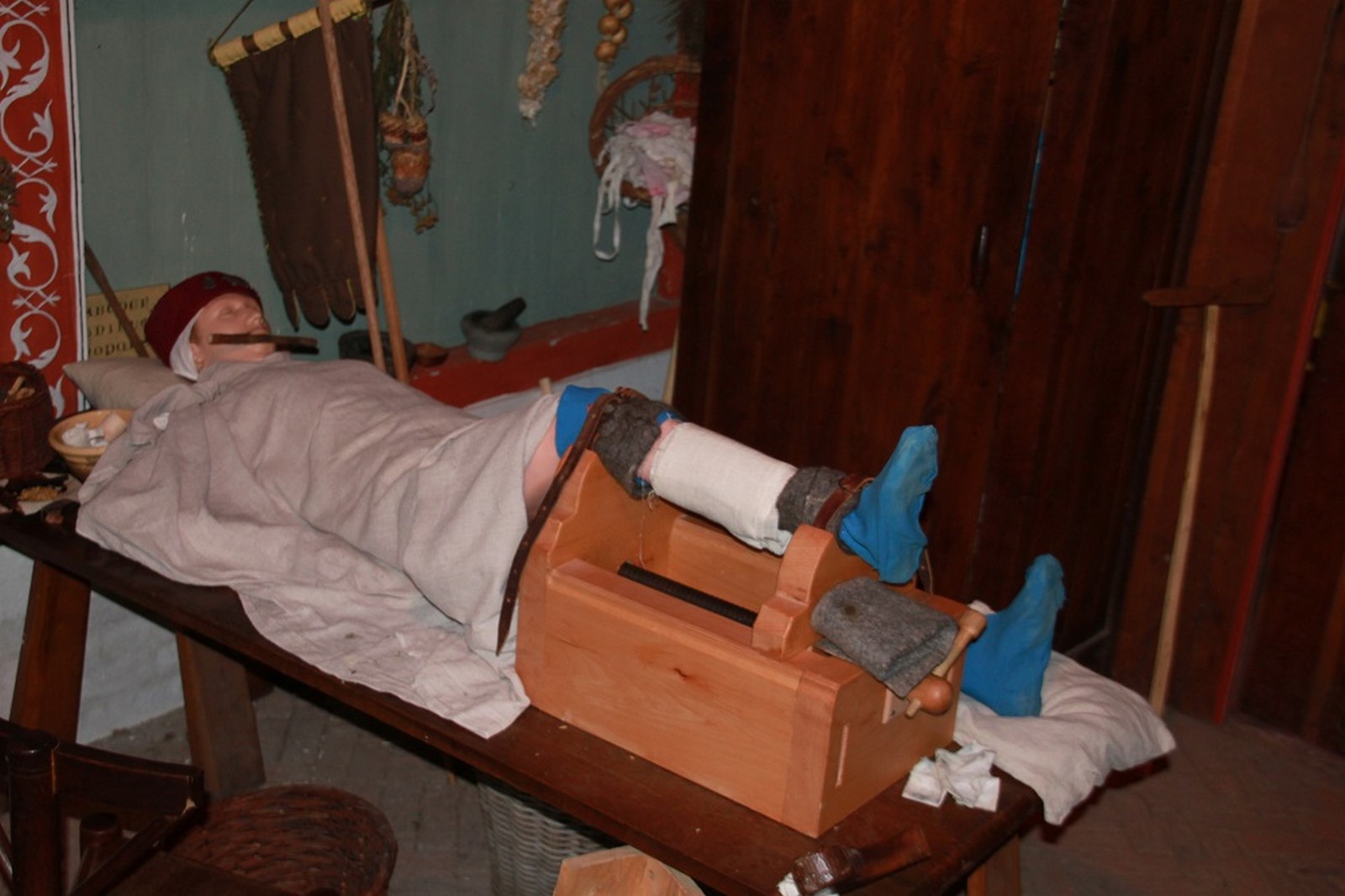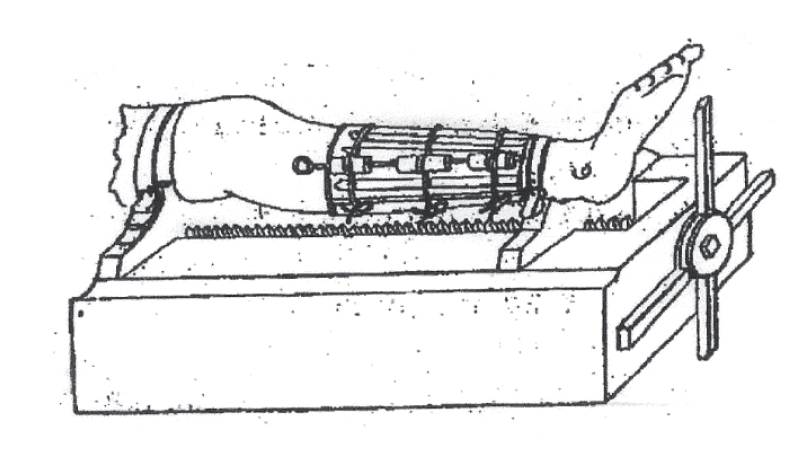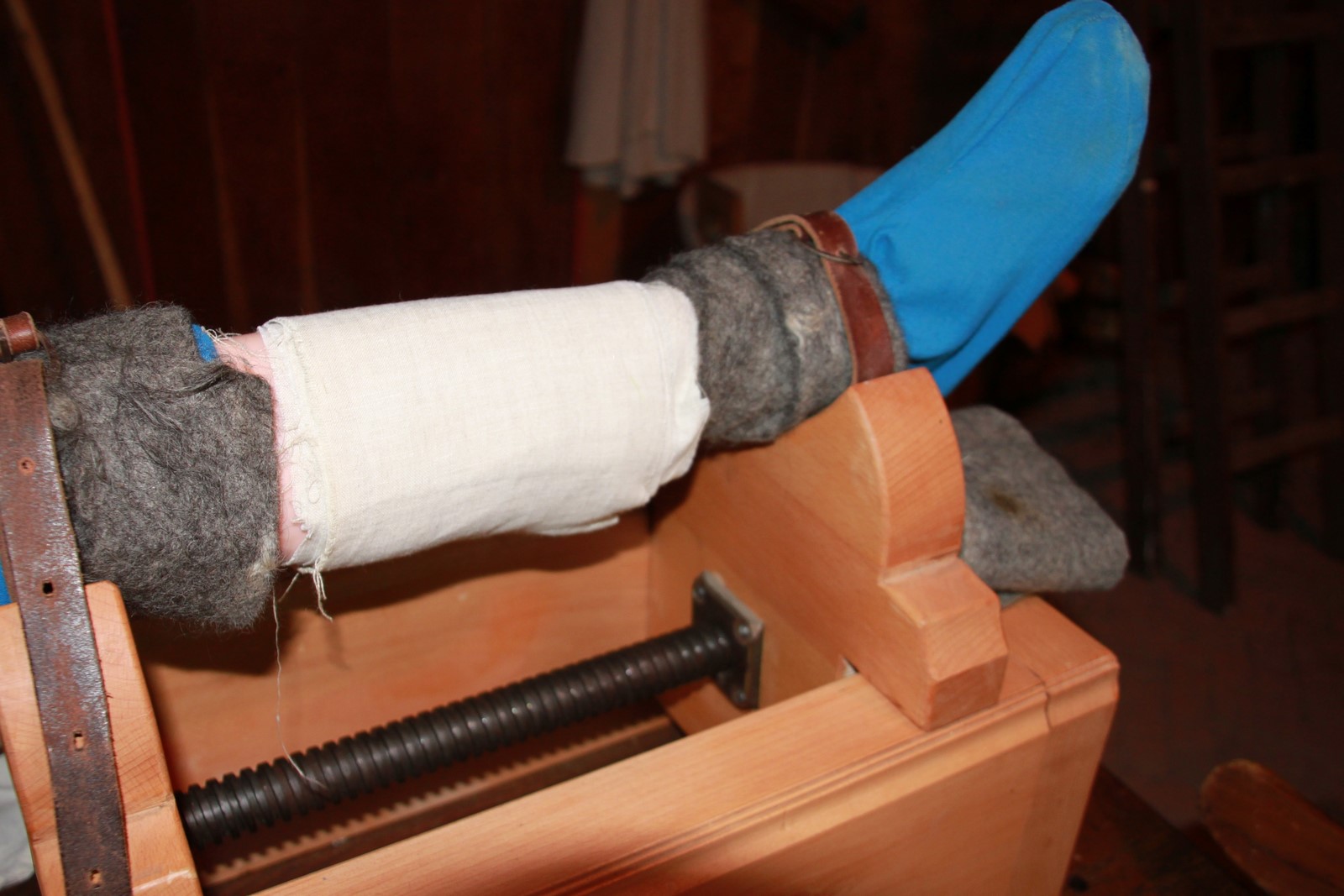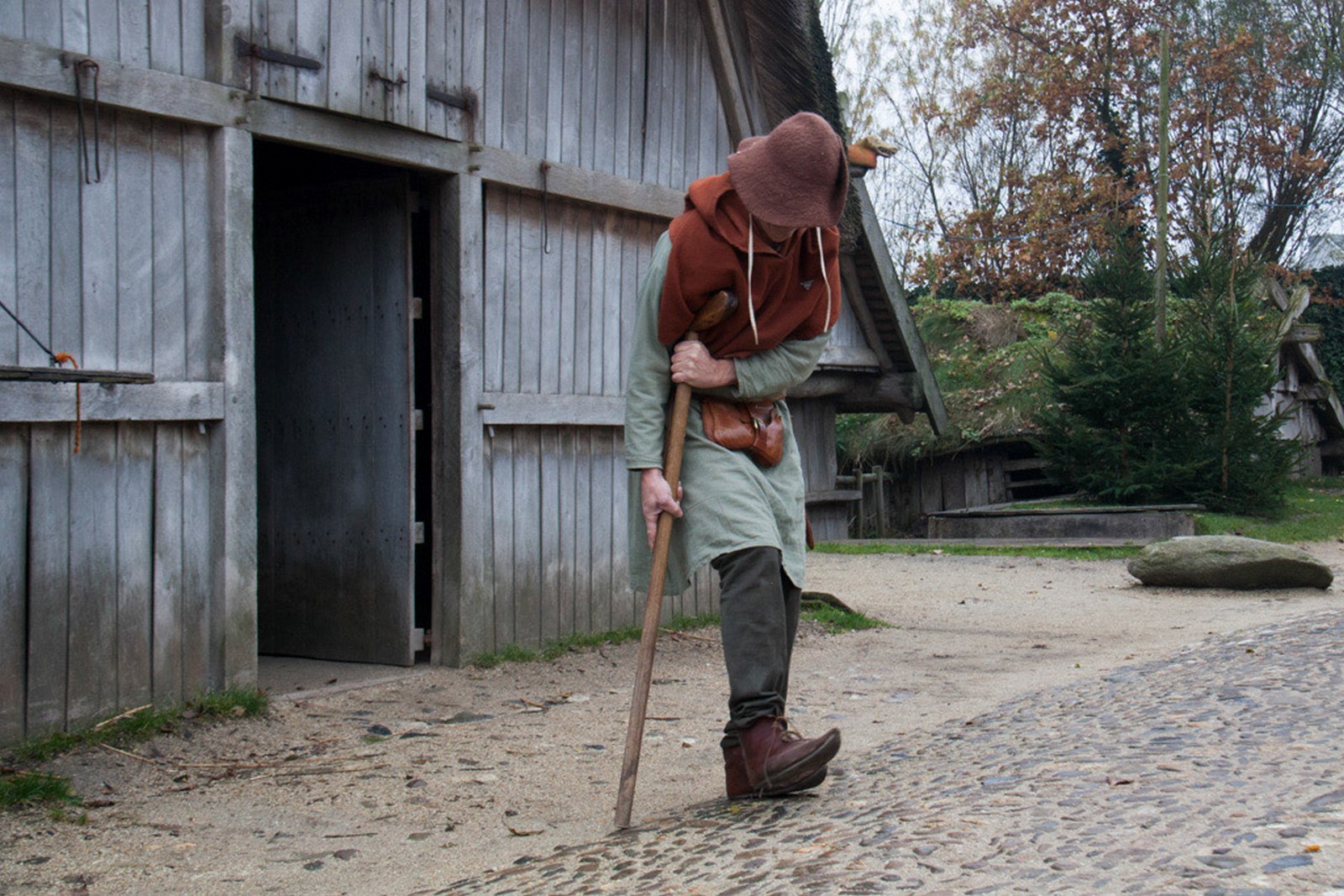Simple Info About How To Cure A Broken Leg In The 1800's

Two twigs were positioned around the leg and tied in place.
How to cure a broken leg in the 1800's. First, the doctor would align the patient’s bone fragments as closely to their natural state as possible. Second, the wound would be wrapped in. How did they cure a broken leg in the 1800s?
Treatment includes immobilising the bone with a plaster cast, or surgically inserting metal rods or plates to hold the bone pieces together. First, the doctor would align the patient’s bone. The primary treatment for a broken bone is to make sure the ends of the bone are properly aligned and then to immobilize the bone so it can properly heal.
First, the doctor would align the patient’s bone fragments as closely to their natural state as possible. How did they fix a broken leg in the 1800s? How did they treat a broken leg in the 1800s?
A splint or a cast is often used to immobilize the broken bone. How did they fix a broken leg in the 1800s? For a broken bone to heal properly, its movement needs to be restricted.
You may need to use. How did doctors fix broken bones in the 1800s? Pioneers then manually manipulated the dislocated bone back into its normal position,.
Second, the wound would be wrapped in. A broken leg in the 1800s was treated with a rudimentary splint. How do you treat a broken leg in the oregon trail in the 1800s?
















